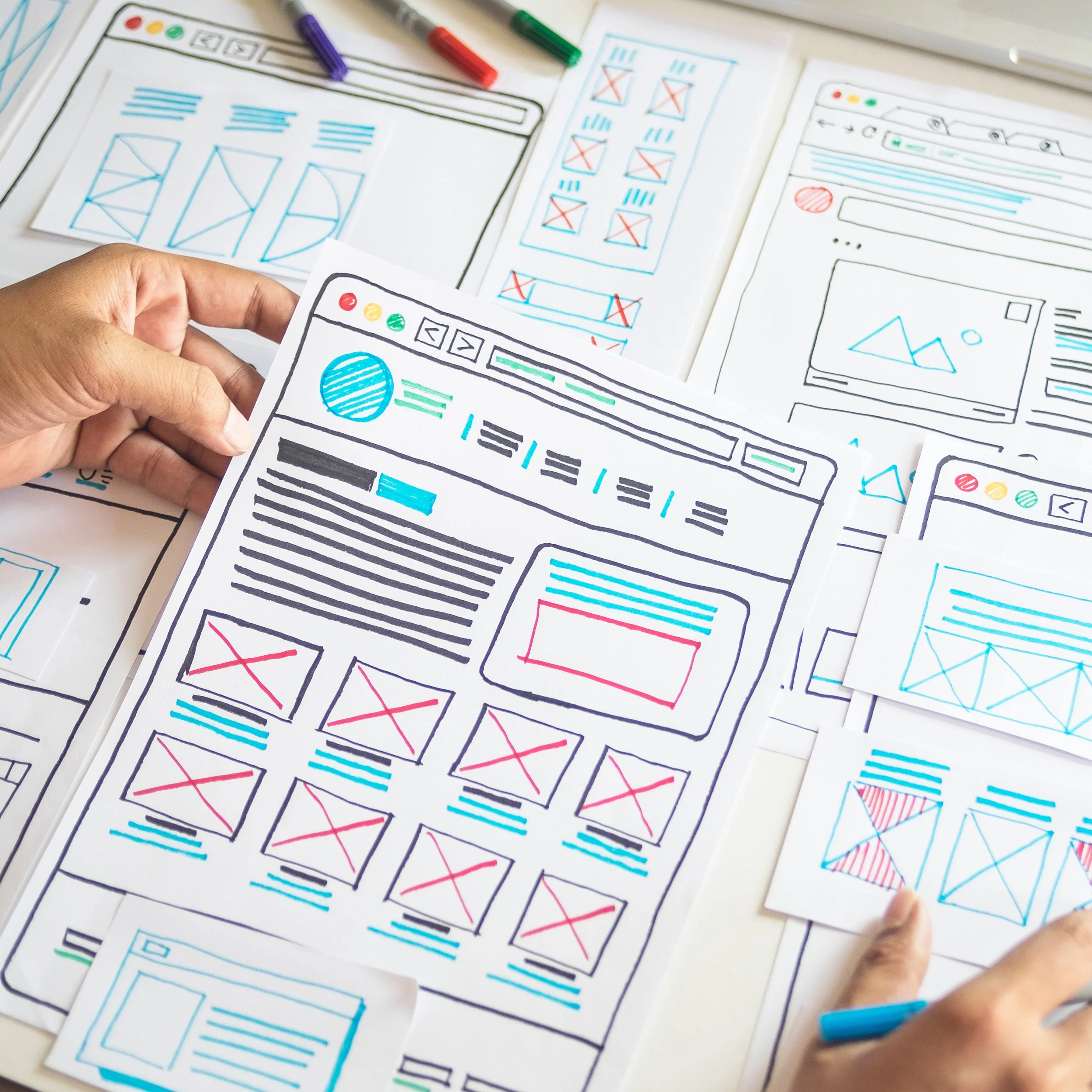How to Think About Logos
Logos are intrinsically linked to the brands they identify and help shape how these brands are perceived by those who interact with them.
The standard definition for logos usually looks like this:
Logos are symbols that identify brands.
Logos consist of images, texts, or shapes and often combine two of these three.
Logos are symbols that identify brands. This part of the definition gave me the reason to write this article and explain how I recommend you should think about logos.
Essentially, logos are not separate from the brands they identify but are intrinsically linked to them and help shape how these brands are perceived by those who interact with them.
Your Logo Is Only One of Several Brand Design Elements
The first step in the process of creating a brand for your company or a specific product line is to develop a brand compass that describes your brand's purpose, vision, mission, values, and goals.
Guided by this brand compass, you devise your brand promise and your brand personality.
Once you have established this framework, you can finally focus on designing your brand and creating a consistent system of visual design elements that forms your characteristic, easily recognizable signature look.
For example, color, typefaces, photography, and illustrations are all part of this system of visual design elements — so is your logo.
Think of them as instruments in an orchestra, creating that beautiful signature sound by harmoniously playing together. None of these instruments could produce this sound alone. But together, each playing its intended role, they form a larger, coherent whole.
Your logo is no different. It plays an integral part in your brand design, but so do typography, colors, and photography.
▶ What Is a Brand Compass and Why Your Business Should Have One
▶ What Is Your Brand Promise?
▶ 5 Reasons Why You Should Strengthen Your Brand Personality
▶ Why Your Visual Brand Identity Matters
Don't Start With Your Logo When Designing Your Website
Your website communicates your brand to the public.
However, your choice of colors, fonts, texts, photos, layout, and, of course, your logo play a crucial part in forming a characteristic, easily recognizable look and feel that uniquely represents your brand.
If these design elements do not work well together, your brand won't be as strong and won't resonate as much with your website visitors.
On the other hand, if your choices are deliberate and well aligned with your brand compass, you will reach a level of coherence that makes your brand stand out and become memorable.
In my experience, when designing a website, it is better to start with developing your brand compass, brand promise, and brand personality first before working on your logo.
That way, your logo will match your colors, fonts, photos, videos, illustrations, and overall website layout.
This coherence of all brand design elements creates this signature look that is hard to ignore and easy to remember, which is the hallmark of a strong brand.











